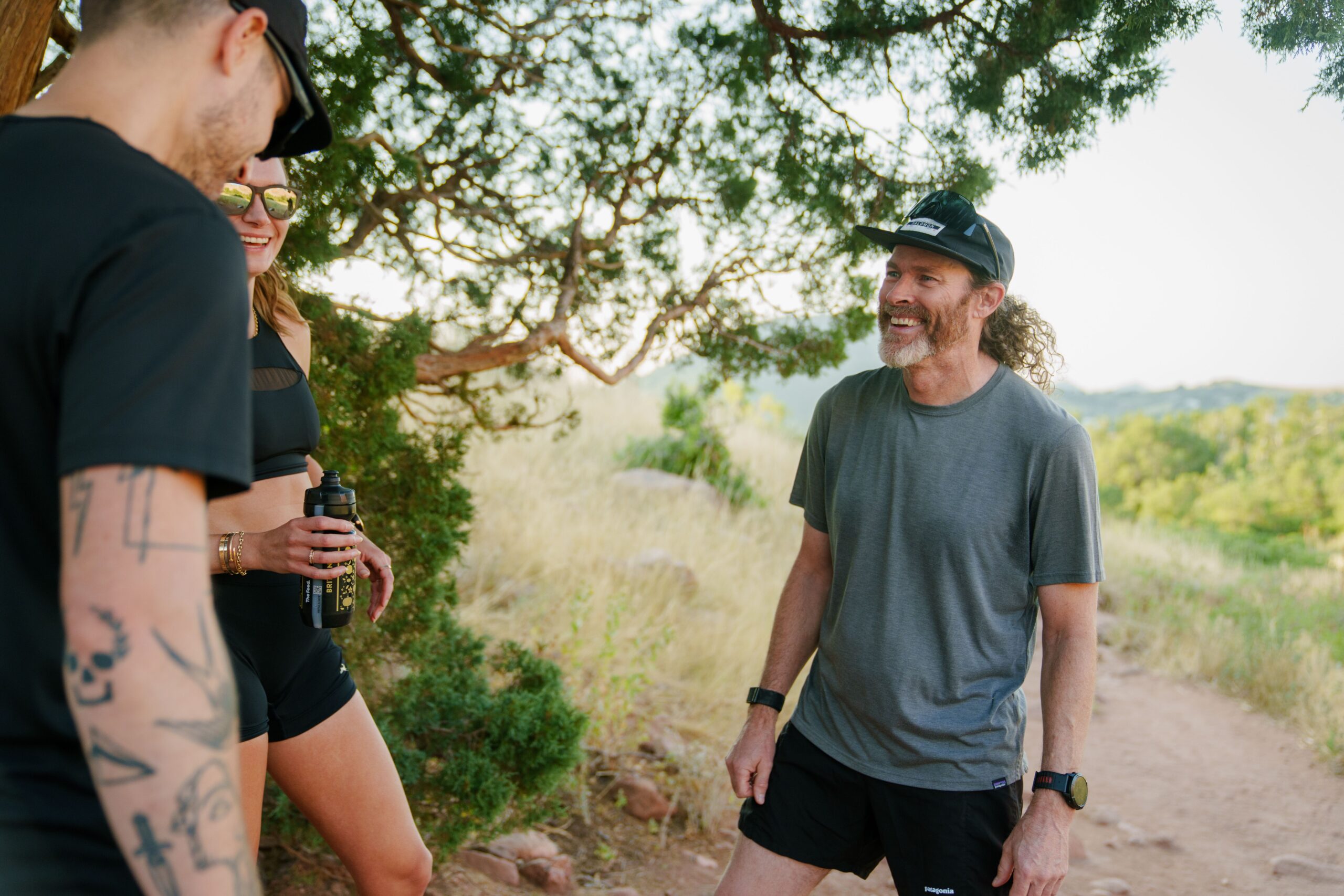Turn on the TV for long enough and you’ll see an ad for a fitness mirror that costs two grand or a smart bike that will set you back three. Open a magazine and you’ll be bombarded by even more gimmicky and overpriced fitness gear that promises Bluetooth connections, accelerometers, and the latest tracking algorithms. But experienced coaches know the difference between proven tools and hyped-up fads, and the longtime progression of your athletes requires little more than being brilliant with the basics. With that in mind, here are recommendations for three pieces of home gym equipment that are durable, versatile, and functional.
Kettlebells
In his landmark book Kettlebell Simple & Sinister, the man who popularized kettlebell training in the West, Pavel Tsatsouline, describes this block of iron or steel as “an ancient Russian weapon against weakness.” He goes on to explain a minimum effective dose of swings and Turkish get-ups that he advises readers to “repeat until strong.”
In a recent TrainingPeaks article, I mentioned how your athletes cannot only get bigger, faster, and stronger if they commit to resistance training two or three times per week but will also forge more durable tendons, ligaments, bones, and other supporting structures that will be more resistant to chronic and acute injuries. Nothing beats the kettlebell if they’re seeking maximum efficiency in this type of training.
Why? Small floor space requirement, unmatched versatility and the ability to perform a wide range of single-side (unilateral) and double-hand (bilateral) exercises. These can cover all the main movement archetypes, including hinging (deadlifts and swings), squatting (goblet squats), pulling (rows), pushing (overhead and floor presses), rotation (get-ups), and carrying (farmer, suitcase, and waiter carries). Not to mention the fact that a kettlebell is virtually impossible to damage. 16 kg and 24 kg bells should do for starters, while an adjustable one from a company like Ironmaster can provide an all-in-one solution.
Rowing Machine
“But my athletes aren’t rowers,” I hear you say before we even get going. Objection noted, but that doesn’t mean they can’t benefit from this incredible bit of kit. In a prior post for TrainingPeaks, coach Joe DeLeo cited a study from the English Institute of Sport, which states that rowing engages 86% of all muscles in the body. This means that even if an athlete spends just 20 to 30 minutes on what rowers call an ergometer, they’ll be getting an excellent compound workout that strengthens all major muscle groups and recruits most of the minor stabilizing ones too.
If your clients are pounding the pavement or trail or both regularly, there’s a lot of shock absorbed by their hips, ankles and knees. Over time, this can lead to chronic conditions and degeneration. Rowing allows them to give their body a different look at a novel stimulus, which will still provide the aerobic development that running offers without wear and tear.
Rowing can also be utilized as a power and strength-development modality. Short intervals (between 30 seconds and two minutes) will help develop raw speed and increase overall muscle recruitment, while longer intervals between two and five minutes can build power endurance (i.e., the ability to generate force over time). Both can factor into faster finishing bursts and catching breakaways on race day without the need to go to a track or hill to develop these qualities. Another plus is that companies like Concept 2 and Oartec offer user-replaceable parts, which — combined with the fact that rowing machines are self-propelled and don’t require an expensive motor or complex electronics — reduces the total cost of ownership.Another bonus? A rowing machine can be tipped up onto one end for convenient storage in a small space.
Plyo Box
The running that your athletes do so much of is essentially a repeated series of small single-leg jumps. As my Basketball Strong Podcasthost Tim DiFrancesco — who also trains a lot of endurance athletes — once said, “Athletes who jump in their sport need to jump in their training” to ensure that their muscles and connective tissues have sufficient load tolerance to support the impact forces. Otherwise, your clients are just setting themselves up for injury.
Jumping rope in place is a great way for your athletes to add plyometrics into their resistance training. But as beneficial as these smaller bounds can be for the foot-ankle complex, starting to add in box jumps, depth jumps, and other varieties once they’ve nailed safe and sustainable landing mechanics, they can elevate the benefits they derive from their training.
Using a plyo box will not only make your clients faster and more explosive in the gym but might also enhance their running performance. A study published in the Journal of Strength and Conditioning Research found that runners who did six weeks of plyometric training reduced their PRs by over 2,400 meters by an average of 4%. A box that allows your athletes to perform jumps at three different heights will be the most versatile choice and, as with a rowing machine and kettlebells, it can fit into the corner of just about any room.
Resources
Tsatsouline, Pavel (2019). Kettlebell Simple & Sinister, 2nd Edition, (StrongFirst).
Ingham et al, (2008, March). Physiological and Performance Effects of Low- Versus Mixed-Intensity Rowing Training, retrieved from https://oce.ovid.com/article/00005768-200803000-00026/HTML.
Ramírez-Campillo, Rodrigo (2014, January). Effects of Plyometric Training on Endurance and Explosive Strength Performance in Competitive Middle- and Long-Distance Runners. Retrieved from https://pubmed.ncbi.nlm.nih.gov/23838975.









